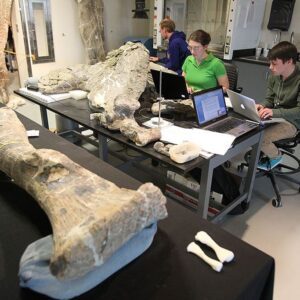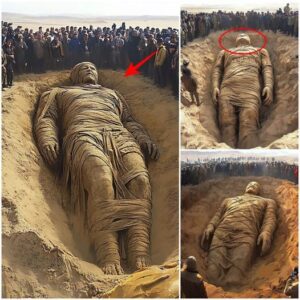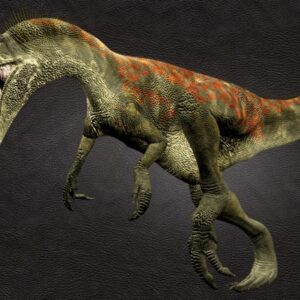The Prehistory of Rome: Excavation of a Settlement from 5020 B.C. in the Atacama Desert, Chile
In the expansive Atacama Desert in Chile, where reality is a rare bird, and the landscape stretches limitlessly in undulating folds, lies a corner of the earth where rarity finally finds a home, and the scenic canvas unfurls without constraints, revealing an anomaly at the heart of the ancient desert. In this arid landscape, archaeologists and scientists have unearthed a settlement that has astonished archaeologists and scientists alike. It is a testament to the remote and ancestral traces of civilization’s precursors, a living narrative that has challenged archaeological and scientific conventions. This discovery, an archaeological marvel dating back to 5020 B.C., contains remnants of skin, hair, and clothing, forming a captivating testament to the richness of preservation in the heart of the ruins of the past.
The Atacama Desert, often regarded as one of the driest places on Earth, may seem an unlikely setting for such a remarkable discovery. However, its peculiar and relentless aridity, minimal rainfall, and the unique burial conditions have created an environment where the decomposition process is slowed to a crawl, allowing for the remarkable survival of biological material that would have otherwise vanished over time.
The discovery of this ancient corpse has nothing subtle about it. Archaeologists and researchers, exploring the remote corners of the Atacama Desert, came upon an unusually well-preserved body that had seen better days before. The individual, wrapped in layers of cloth and meticulously prepared, lay in a state of remarkable completeness.
The meticulous preservation extends not only to the remains but also to the layers of clothing and meticulously prepared bodily adornments. Laid in a state of remarkable completeness, this discovery challenges the conventional wisdom surrounding the archeology of the region and stands as a testament to the desert’s unique ability to safeguard the remnants of the past.
To determine the age of the remains, scientists turned to radiocarbon dating. The results confirmed that the individual lived around 5020 BCE, placing them squarely in the Neolithic period. This era is the focus of both archaeologists and historians, as the findings offer a unique window into the lives and customs of ancient inhabitants of the region.
What makes this discovery exceptional? The preserved skin, hair, and clothing have survived the passage of millennia. This level of detail provides an unprecedented opportunity to study not just the bones of an ancient person but also their physical appearance, clothing style, and perhaps even their daily life.
The Atacama Desert has a rich history of human habitation dating back thousands of years. The discovery of this well-preserved individual sheds light on the practices and customs of the region’s ancient inhabitants. It beckons national institutions, scientific entities, and cultural benefactors to preserve this prehistoric society.
Beyond the realm of archaeology, this discovery has catalyzed a pursuit of innovative techniques and pushed the boundaries of what can be preserved by nature alone. It serves as a case study in understanding how environmental conditions can impact the preservation of biological material over extended periods.
This discovery has captured the attention of scientists studying preservation techniques under extreme conditions and the limits of how environmental factors can impact the preservation of biological material over extended periods.
In conclusion, the long-buried corpse preserved by the unforgiving aridity of Chile’s Atacama Desert is a testament to the marvels of nature’s ability to shape our planet’s history. It is a poignant reminder that even in the most inhospitable environments, traces of the past can endure, waiting to be unearthed by the curious and diligent. As researchers continue to study this remarkable find, promising to yield insights into a world long gone, it underscores the importance of preserving our human journey through time.











